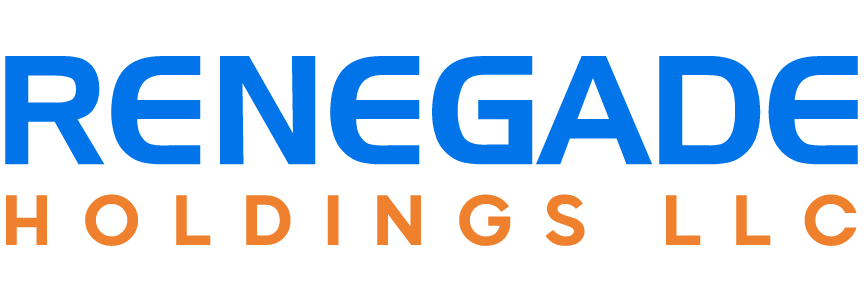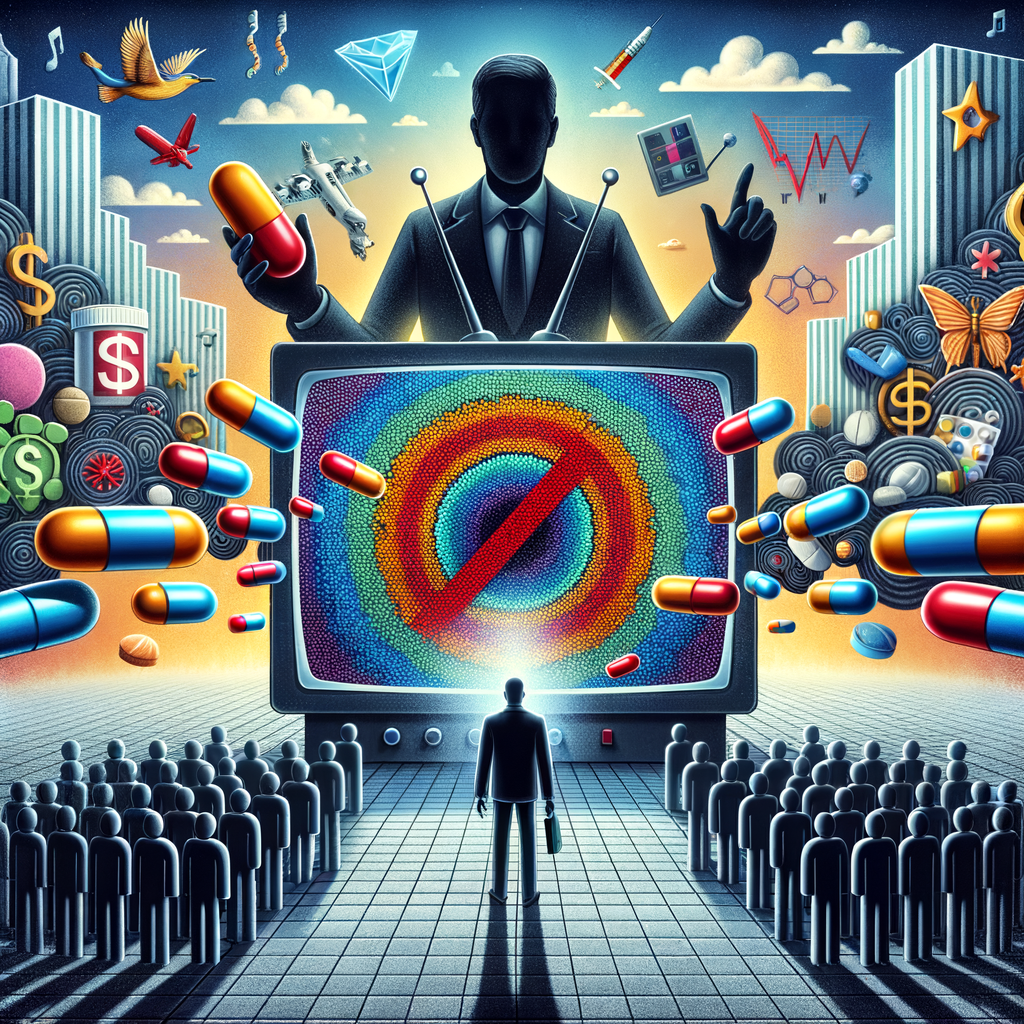Is Banning Pharmaceutical TV Ads Right for You? Analyzing President Trump’s Memo on Drug Commercials
In recent years, pharmaceutical television advertising has sparked significant public debate. With President Donald Trump’s administration taking steps—including signing a memo—toward potentially removing prescription drug advertisements from the airwaves, it’s critical to understand the implications for consumers, the industry, and regulators. In this article, we explore the rationale behind the proposed ban, its potential effects on healthcare marketing and public health, and how it aligns with project management and regulatory efforts in both federal and state government contexts.
Understanding the Rationale Behind the Memo
In May 2019, President Trump signed a memo directing the Department of Health and Human Services (HHS) to find a way to bring greater transparency to drug pricing. One of the key outcomes of this directive was a proposed rule requiring drug manufacturers to disclose list prices in their televised advertisements. This initiative opened the door to wider discussions about regulating or potentially banning pharmaceutical TV ads altogether.
Transparency and Consumer Knowledge
One major reason behind regulating or banning pharmaceutical TV ads is the need for transparency. Television drug advertisements often omit pricing information, which can mislead consumers into believing a drug is affordable when, in fact, it may cost thousands out of pocket. By pushing for price disclosures—or even the elimination of such ads—the Trump administration sought to empower consumers to make better-informed decisions.
Combating Over-Prescription and Consumer Pressure
Televised pharmaceutical marketing tends to promote the newest and most expensive drugs. Patients often request these drugs from their doctors, even when less expensive alternatives are available. This dynamic can lead to the over-prescription of certain medications, raising healthcare costs and potentially increasing the risk of adverse medical outcomes.
The Potential Impacts of a TV Ad Ban
A ban on television drug advertisements would represent a significant shift in pharmaceutical marketing strategies. Companies would need to redirect millions in ad expenditures and rethink their outreach strategies.
Financial and Strategic Reallocations
In 2022, pharmaceutical companies spent over $6 billion on direct-to-consumer (DTC) advertising, with a majority going toward television ads. A ban would compel these companies to shift their marketing budgets toward digital platforms, physician engagement strategies, and clinical education campaigns. While this might limit consumer exposure to branded drugs, it could also foster a more informed medical community making data-driven prescribing decisions.
Public Health Considerations
The U.S. is only one of two countries—along with New Zealand—that allows DTC pharmaceutical advertising. Critics argue that this practice undermines the doctor-patient relationship and promotes the idea of medication as the default solution to every health issue. Removing drug advertisements from TV might help reduce the public’s over-reliance on pharmaceuticals and promote lifestyle-based preventive care.
Legal and Regulatory Challenges
Banning pharmaceutical TV ads faces several legal hurdles, primarily related to First Amendment protections. The pharmaceutical industry has consistently defended its advertising rights, claiming that these ads are a form of commercial speech protected under the Constitution.
Regulatory Authority of HHS and the FDA
Any action to limit or ban pharmaceutical advertising must pass through established regulatory bodies—the HHS and the Food and Drug Administration (FDA). These agencies can issue new rules or enforce stricter advertising compliance, but outright banning TV ads would likely require Congressional action or favorable court rulings.
Compliance Complexity for Vendors and Contractors
From a project management and government contracting perspective, federal initiatives to regulate advertising require coordinated cross-agency efforts. Contractors involved in public health communications, healthcare IT systems, and pricing oversight must ensure their operations comply with new requirements on data transparency and marketing restrictions. Such regulatory changes trigger modifications in scope, communication plans, and risk assessment procedures for legally bound projects.
State-Level Implications: A Closer Look at Maryland
Some states, including Maryland, have sought to increase prescription drug transparency and reduce medication costs through legislation. A federal ban on pharmaceutical TV ads would bolster these efforts by removing one of the mechanisms through which public pressure influences prescribing behaviors.
Coordination with Federal Initiatives
Maryland’s government contracting offices, procurement staff, and healthcare project managers must stay informed on this issue. Coordinating state-level prescription drug database initiatives or public awareness campaigns with federal efforts will be essential to maximizing both compliance and efficacy.
Conclusion: Weighing the Pros and Cons of a Pharmaceutical Ad Ban
President Trump’s memo initiated a larger conversation about the appropriateness of pharmaceutical advertising on television. While advertising has a role in keeping consumers informed, it also fuels cost escalation and over-prescription in America’s healthcare system. For public-sector project managers, policy makers, contractors, and vendors involved in healthcare and communications, any movement toward banning or restricting pharmaceutical TV ads represents both a regulatory challenge and an opportunity to enhance transparency and public

